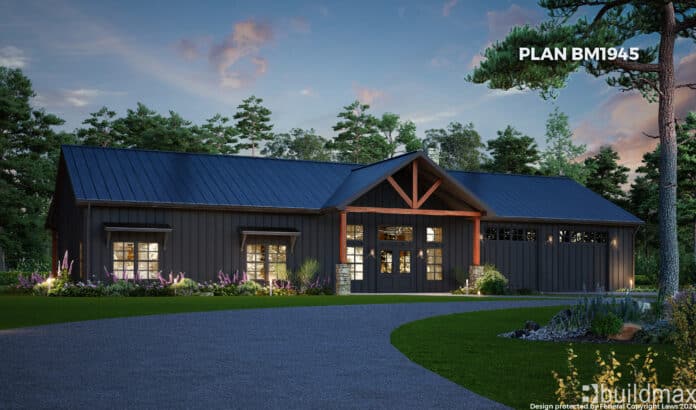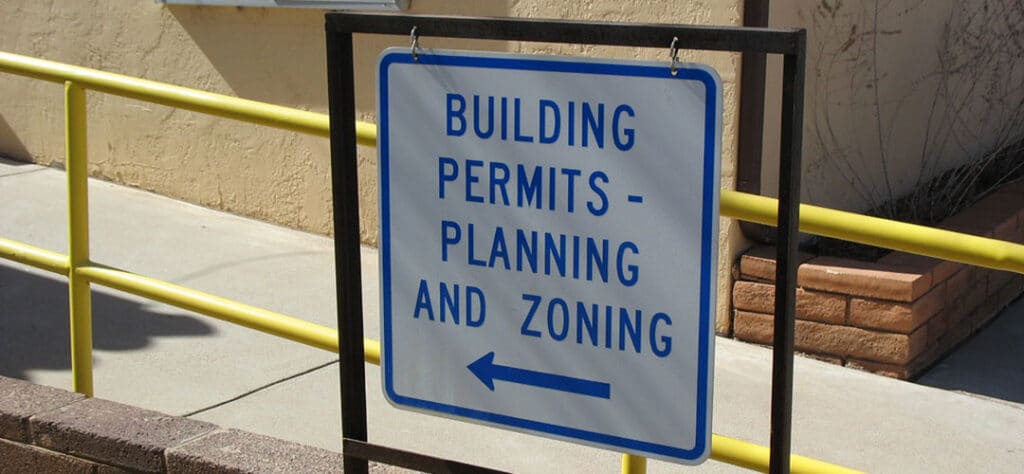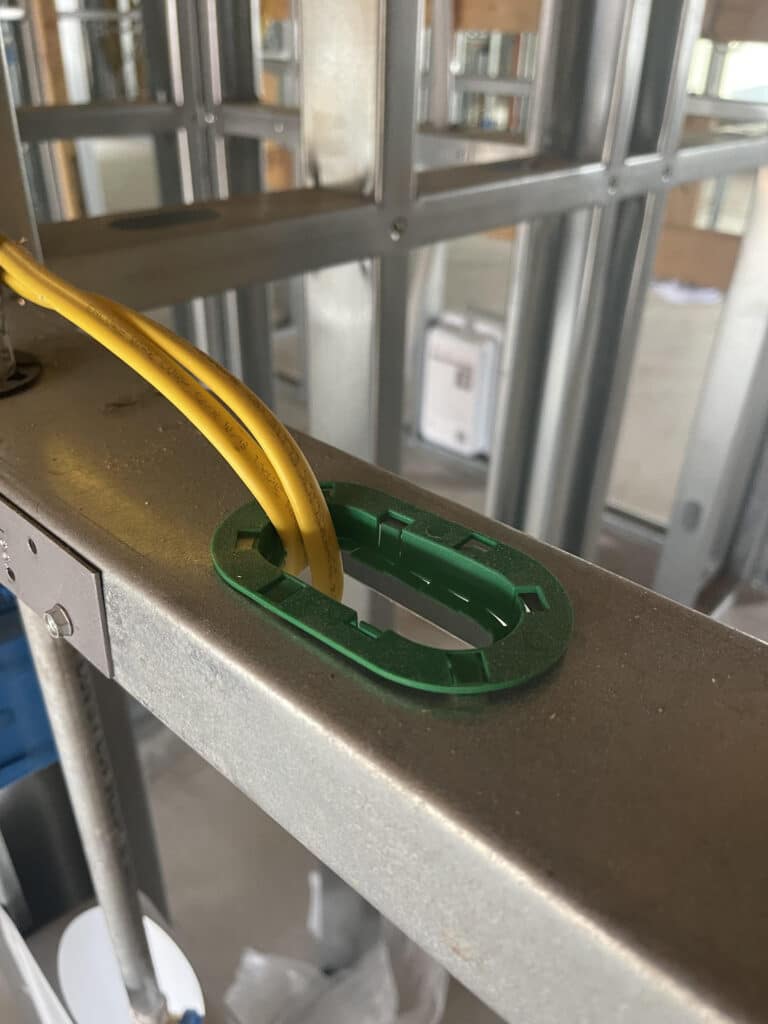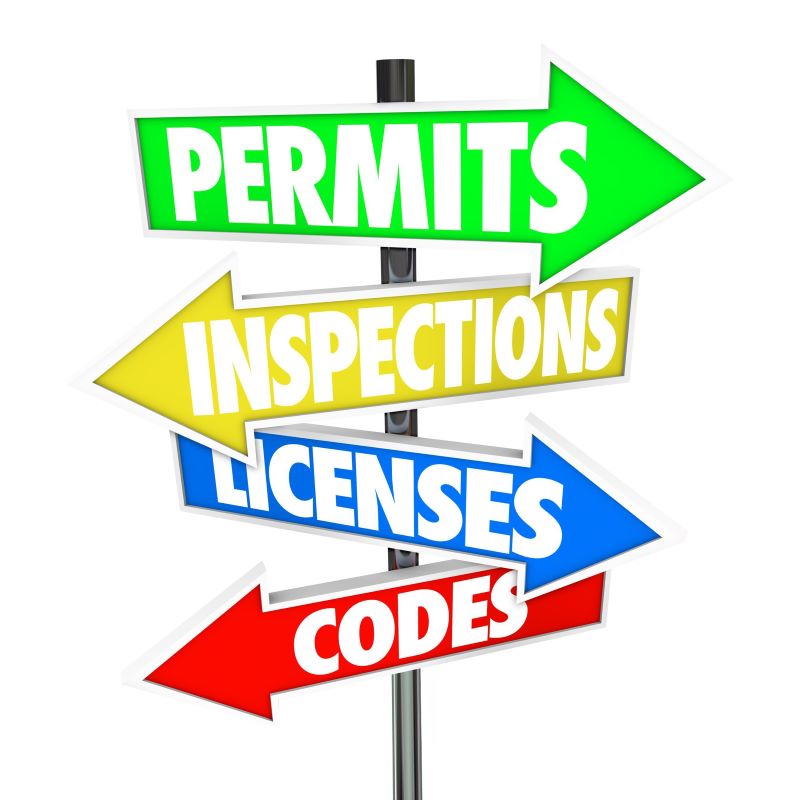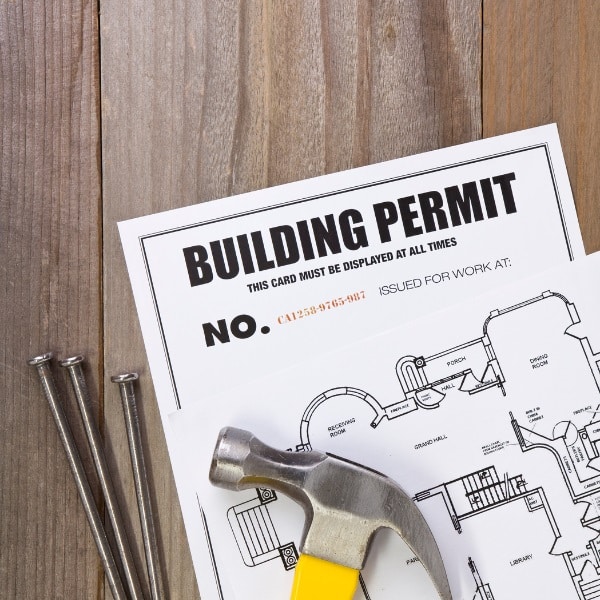Does Kentucky Have Building Codes?
When considering building a barndominium in Kentucky, it’s crucial to understand the state’s building codes and permit requirements. Building codes are regulations set by local governments to ensure the safety, health, and general welfare of the public through the regulation of construction and building standards. Kentucky, like all states, has building codes in place to regulate the construction process, and anyone planning to build a barndominium must adhere to these codes and obtain the necessary permits.
Building Codes in Kentucky
Kentucky has adopted the Kentucky Building Code (KBC), which is based on the International Building Code (IBC) with state-specific amendments. The KBC applies to all construction projects within the state, including residential, commercial, and industrial buildings.
Key Aspects of Kentucky Building Codes:
1. **Structural Standards**: Regulations regarding the structural integrity of buildings, including load-bearing walls, foundations, and roofing.
2. **Electrical Codes**: Requirements for electrical wiring, outlets, lighting, and other electrical systems.
3. **Plumbing Codes**: Standards for plumbing systems, including pipes, fixtures, and water heaters.
4. **Mechanical Codes**: Regulations for heating, ventilation, and air conditioning (HVAC) systems.
5. **Energy Codes**: Guidelines for energy efficiency in building design and construction.
6. **Fire Safety Codes**: Standards for fire prevention and safety, including smoke detectors, fire exits, and sprinkler systems.
Permits Required for Building a Barndominium in Kentucky
Building a barndominium in Kentucky involves obtaining various permits to ensure compliance with the state’s building codes and regulations. Here’s a detailed overview of the permits typically required:
1. **Building Permit**
– **Purpose**: A building permit ensures that the construction project meets local building codes and zoning laws.
– **Process**: Submit building plans to the local building department for review. The plans must include detailed information about the design, structure, materials, and intended use of the barndominium.
– **Requirements**: Building plans, site plans, proof of property ownership, and any necessary environmental impact assessments.
2. **Electrical Permit**
– **Purpose**: To ensure that all electrical work complies with the National Electrical Code (NEC) and local amendments.
– **Process**: Submit electrical plans for review and approval. An inspection may be required at various stages of the electrical work.
– **Requirements**: Detailed electrical layout, including wiring, outlets, lighting, and breaker panels.
3. **Plumbing Permit**
– **Purpose**: To ensure that all plumbing work meets the state plumbing code and is safe and sanitary.
– **Process**: Submit plumbing plans for review and approval. Inspections may be required at different stages of the plumbing installation.
– **Requirements**: Detailed plumbing layout, including pipes, fixtures, and water heating systems.
4. **Mechanical Permit**
– **Purpose**: To ensure that all HVAC systems are installed according to the mechanical code and are safe and efficient.
– **Process**: Submit mechanical plans for review and approval. Inspections may be required for the installation of HVAC systems.
– **Requirements**: Detailed mechanical plans, including HVAC system layout and specifications.
5. **Zoning Permit**
– **Purpose**: To ensure that the construction project complies with local zoning laws and land use regulations.
– **Process**: Submit site plans and project descriptions to the local zoning department for review.
– **Requirements**: Site plans, proof of property ownership, and any required variances or special use permits.
6. **Environmental Permits**
– **Purpose**: To ensure that the construction project complies with environmental regulations, including water quality, air quality, and land use.
– **Process**: Depending on the location and scope of the project, various environmental permits may be required from state or federal agencies.
– **Requirements**: Environmental impact assessments, stormwater management plans, and any necessary mitigation measures.
7. **Septic System Permit (if applicable)**
– **Purpose**: To ensure that the septic system is designed and installed according to state and local health department regulations.
– **Process**: Submit septic system design plans for review and approval. An inspection may be required during and after installation.
– **Requirements**: Detailed septic system design, soil test results, and site plans.
Steps to Obtain Building Permits in Kentucky
1. **Research Local Requirements**
– Contact the local building department or visit their website to understand the specific requirements and procedures for obtaining permits in your area.
2. **Prepare and Submit Plans**
– Prepare detailed building plans, site plans, and other required documents. Submit these plans to the local building department for review.
3. **Plan Review and Approval**
– The building department will review the submitted plans to ensure they comply with all applicable codes and regulations. This process may involve revisions and resubmissions.
4. **Permit Issuance**
– Once the plans are approved, the building department will issue the necessary permits. Fees may be required at this stage.
5. **Inspections**
– Schedule inspections at various stages of construction to ensure compliance with the approved plans and codes. Inspections are typically required for foundation, framing, electrical, plumbing, mechanical, and final completion.
6. **Final Approval**
– After passing all required inspections, obtain a certificate of occupancy or final approval from the building department, indicating that the barndominium meets all code requirements and is safe for occupancy.
All-in-All
Kentucky has comprehensive building codes designed to ensure the safety, health, and welfare of its residents. Building a barndominium in Kentucky involves obtaining various permits, including building, electrical, plumbing, mechanical, zoning, environmental, and septic system permits. By adhering to these requirements and following the proper procedures, you can ensure that your barndominium is built to code and provides a safe and comfortable living space. Researching local requirements, preparing detailed plans, and working with experienced professionals can help streamline the permitting process and ensure a successful construction project.



